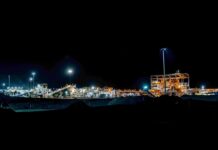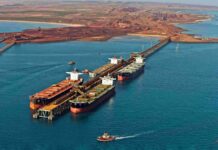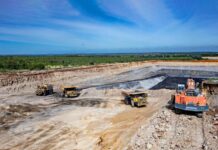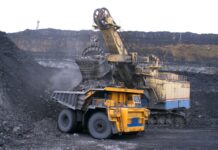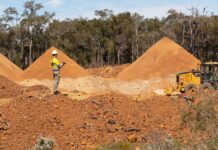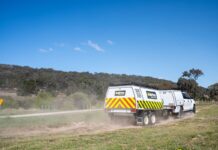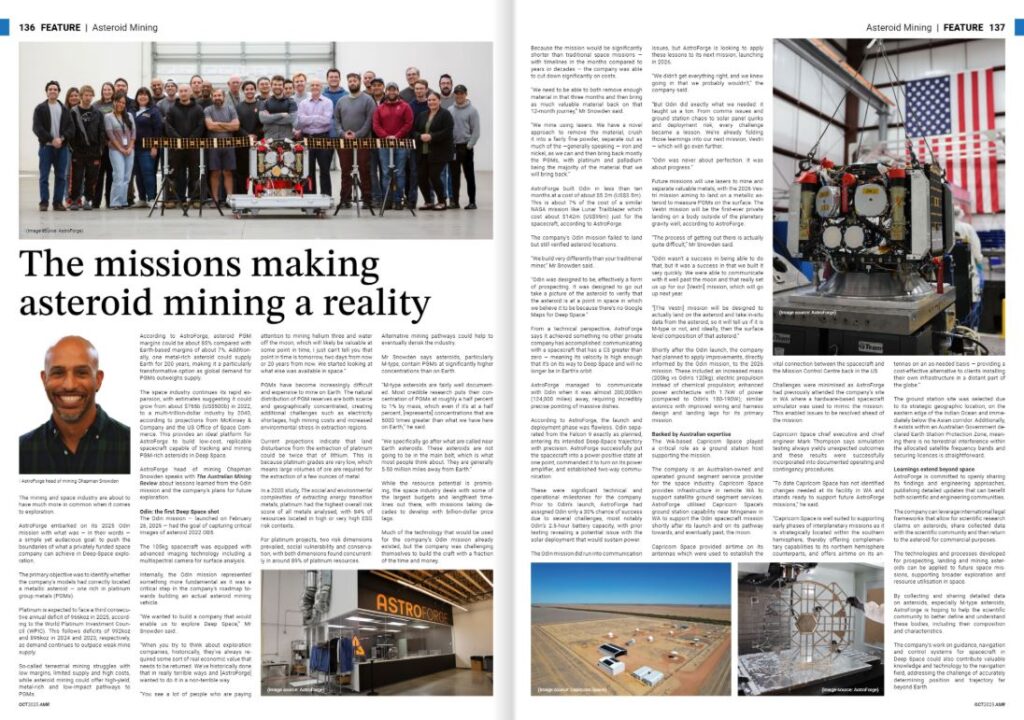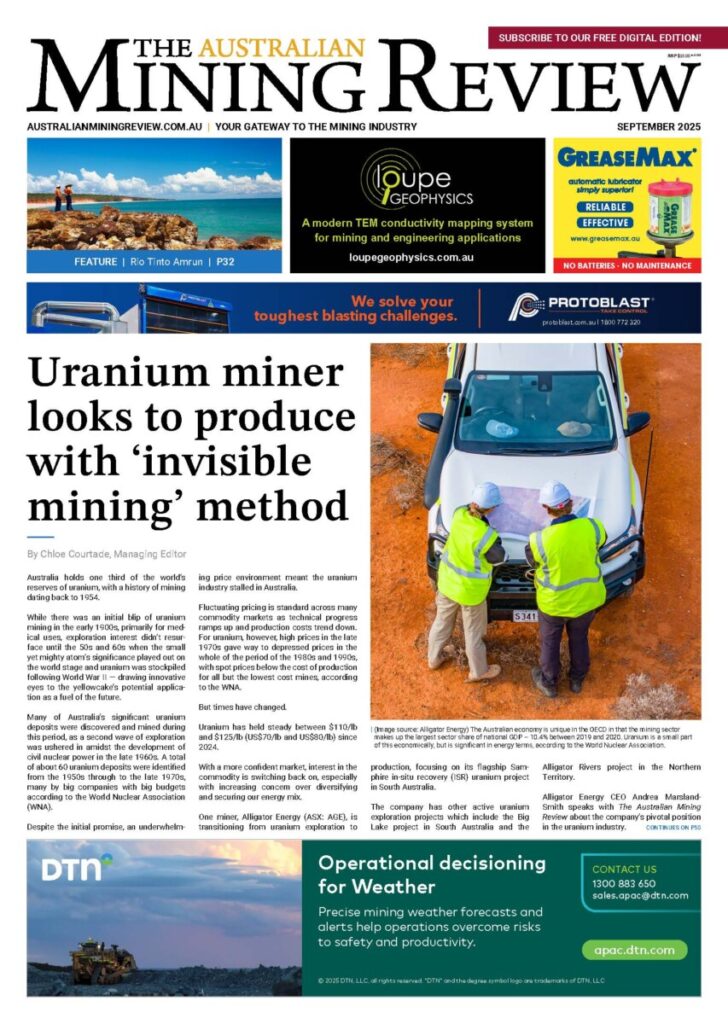The missions making asteroid mining a reality
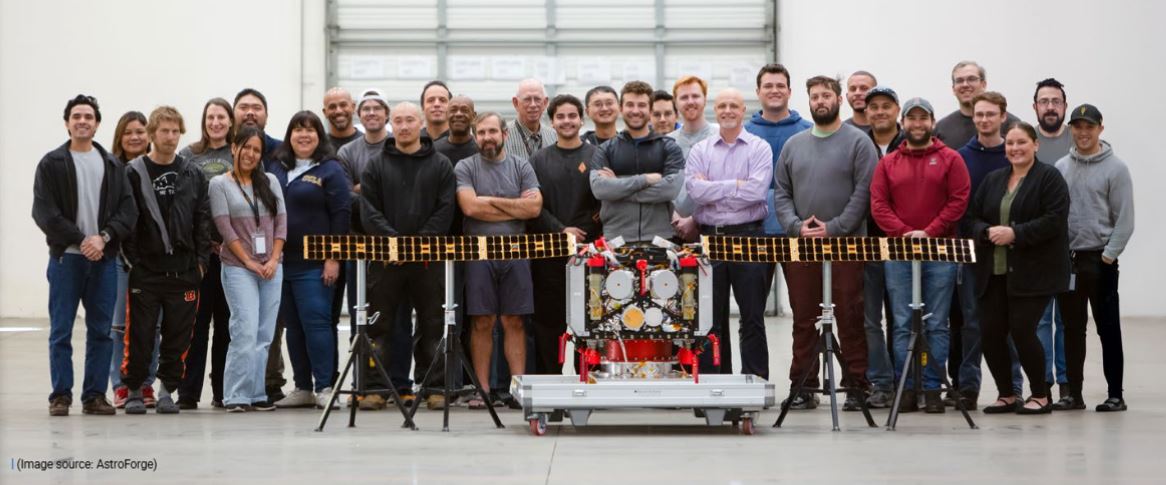
The mining and space industry are about to have much more in common when it comes to exploration.
AstroForge embarked on its 2025 Odin mission with what was — in their words — a simple yet audacious goal: to push the boundaries of what a privately funded space company can achieve in Deep-Space exploration.
The primary objective was to identify whether the company’s models had correctly located a metallic asteroid — one rich in platinum group metals (PGMs).
Platinum is expected to face a third consecutive annual deficit of 966koz in 2025, according to the World Platinum Investment Council (WPIC). This follows deficits of 992koz and 896koz in 2024 and 2023, respectively, as demand continues to outpace weak mine supply.
So-called terrestrial mining struggles with low margins, limited supply and high costs, while asteroid mining could offer high-yield, metal-rich and low-impact pathways to PGMs.
According to AstroForge, asteroid PGM margins could be about 85% compared with Earth-based margins of about 7%. Additionally, one metal-rich asteroid could supply Earth for 200 years, making it a particularly transformative option as global demand for PGMs outweighs supply.
The space industry continues its rapid expansion, with estimates suggesting it could grow from about $765b (US$500b) in 2022, to a multi-trillion-dollar industry by 2040, according to projections from McKinsey & Company and the US Office of Space Commerce. This provides an ideal platform for AstroForge to build low-cost, replicable spacecraft capable of tracking and mining PGM-rich asteroids in Deep Space.
AstroForge head of mining Chapman Snowden speaks with The Australian Mining Review about lessons learned from the Odin mission and the company’s plans for future exploration.
Odin: the first Deep Space shot
The Odin mission — launched on February 26, 2025 — had the goal of capturing critical images of asteroid 2022 OB5.
The 105kg spacecraft was equipped with advanced imaging technology including a multispectral camera for surface analysis.
Internally, the Odin mission represented something more fundamental as it was a critical step in the company’s roadmap towards building an actual asteroid mining vehicle.
“We wanted to build a company that would enable us to explore Deep Space,” Mr Snowden said.
“When you try to think about exploration companies, historically, they’ve always required some sort of real economic value that needs to be returned. We’ve historically done that in really terrible ways and [AstroForge] wanted to do it in a non-terrible way,” he said.
“You see a lot of people who are paying attention to mining helium three and water off the moon, which will likely be valuable at some point in time, I just can’t tell you that point in time is tomorrow, two days from now or 20 years from now. We started looking at what else was available in space.”
PGMs have become increasingly difficult and expensive to mine on Earth. The natural distribution of PGM reserves are both scarce and geographically concentrated, creating additional challenges such as electricity shortages, high mining costs and increased environmental stress in extraction regions.
Current projections indicate that land disturbance from the extraction of platinum could be twice that of lithium. This is because platinum grades are very low, which means large volumes of ore are required for the extraction of a few ounces of metal.
In a 2020 study, The social and environmental complexities of extracting energy transition metals, platinum had the highest overall risk score of all metals analysed, with 84% of resources located in high or very high ESG risk contexts.
For platinum projects, two risk dimensions prevailed, social vulnerability and conservation, with both dimensions found concurrently in around 89% of platinum resources.
Alternative mining pathways could help to eventually derisk the industry.
Mr Snowden says asteroids, particularly M-type, contain PGMs at significantly higher concentrations than on Earth.
“M-type asteroids are fairly well documented. Most credible research puts their concentration of PGMs at roughly a half percent to 1% by mass, which even if it’s at a half percent, [represents] concentrations that are 5000 times greater than what we have here on Earth,” he said.
“We specifically go after what are called near Earth asteroids. These asteroids are not going to be in the main belt, which is what most people think about. They are generally 5-50 million miles away from Earth.”
While the resource potential is promising, the space industry deals with some of the largest budgets and lengthiest timelines out there, with missions taking decades to develop with billion-dollar price tags.
Much of the technology that would be used for the company’s Odin mission already existed, but the company was challenging themselves to build the craft with a fraction of the time and money.
Because the mission would be significantly shorter than traditional space missions —with timelines in the months compared to years or decades — the company was able to cut down significantly on costs.
“We need to be able to both remove enough material in that three months and then bring as much valuable material back on that 12-month journey,” Mr Snowden said.
“We mine using lasers. We have a novel approach to remove the material, crush it into a fairly fine powder, separate out as much of the —generally speaking — iron and nickel, as we can and then bring back mostly the PGMs, with platinum and palladium being the majority of the material that we will bring back.”
AstroForge built Odin in less than ten months at a cost of about $5.2m (US$3.5m). This is about 7% of the cost of a similar NASA mission like Lunar Trailblazer which cost about $142m (US$95m) just for the spacecraft, according to AstroForge.
The company’s Odin mission failed to land but still verified asteroid locations.
“We build very differently than your traditional miner,” Mr Snowden said.
“Odin was designed to be, effectively a form of prospecting. It was designed to go out take a picture of the asteroid to verify that the asteroid is at a point in space in which we believe it to be because there’s no Google Maps for Deep Space.”
From a technical perspective, AstroForge says it achieved something no other private company has accomplished: communicating with a spacecraft that has a C3 greater than zero — meaning its velocity is high enough that it’s on its way to Deep Space and will no longer be in Earth’s orbit.
AstroForge managed to communicate with Odin when it was almost 200,000km (124,000 miles) away, requiring incredibly precise pointing of massive dishes.
According to AstroForge, the launch and deployment phase was flawless. Odin separated from the Falcon 9 exactly as planned, entering its intended Deep-Space trajectory with precision. AstroForge successfully put the spacecraft into a power-positive state at one point, commanded it to turn on its power amplifier, and established two-way communication.
These were significant technical and operational milestones for the company. Prior to Odin’s launch, AstroForge had assigned Odin only a 30% chance of success due to several challenges, most notably Odin’s 2.5-hour battery capacity, with prior testing revealing a potential issue with the solar deployment that would sustain power.
The Odin mission did run into communication issues, but AstroForge is looking to apply these lessons to its next mission, launching in 2026.
“We didn’t get everything right, and we knew going in that we probably wouldn’t,” the company said.
“But Odin did exactly what we needed: it taught us a ton. From comms issues and ground station chaos to solar panel quirks and deployment risk, every challenge became a lesson. We’re already folding those learnings into our next mission, Vestri — which will go even further.
“Odin was never about perfection. It was about progress.”
Future missions will use lasers to mine and separate valuable metals, with the 2026 Vestri mission aiming to land on a metallic asteroid to measure PGMs on the surface. The Vestri mission will be the first-ever private landing on a body outside of the planetary gravity well, according to AstroForge.
“The process of getting out there is actually quite difficult,” Mr Snowden said.
“Odin wasn’t a success in being able to do that, but it was a success in that we built it very quickly. We were able to communicate with it well past the moon and that really set us up for our [Vestri] mission, which will go up next year.
“[The Vestri] mission will be designed to actually land on the asteroid and take in-situ data from the asteroid, so it will tell us if it is M-type or not, and ideally, then the surface level composition of that asteroid.”
Shortly after the Odin launch, the company had planned to apply improvements, directly informed by the Odin mission, to the 2026 mission. These included an increased mass (200kg vs Odin’s 120kg); electric propulsion instead of chemical propulsion; enhanced power architecture with 1.7kW of power (compared to Odin’s 180-190W); similar avionics with improved wiring and harness design and landing legs for its primary mission.
Backed by Australian expertise
The WA-based Capricorn Space played a critical role as a ground station host supporting the mission.
The company is an Australian-owned and operated ground segment service provider for the space industry. Capricorn Space provides infrastructure in remote WA to support satellite ground segment services.
AstroForge utilised Capricorn Space’s ground station capability near Mingenew in WA to support the Odin spacecraft mission shortly after its launch and on its pathway towards, and eventually past, the moon.
Capricorn Space provided airtime on its antennas which were used to establish the vital connection between the spacecraft and the Mission Control Centre back in the US.
Challenges were minimised as AstroForge had previously attended the company’s site in WA where a hardware-based spacecraft simulator was used to mimic the mission. This enabled issues to be resolved ahead of the mission.
Capricorn Space chief executive and chief engineer Mark Thompson says simulation testing always yields unexpected outcomes and these results were successfully incorporated into documented operating and contingency procedures.
“To date Capricorn Space has not identified changes needed at its facility in WA and stands ready to support future AstroForge missions,” he said.
“Capricorn Space is well suited to supporting early phases of interplanetary missions as it is strategically located within the southern hemisphere, thereby offering complementary capabilities to its northern hemisphere counterparts, and offers airtime on its antennas on an as-needed basis — providing a cost-effective alternative to clients installing their own infrastructure in a distant part of the globe.”
The ground station site was selected due to its strategic geographic location, on the eastern edge of the Indian Ocean and immediately below the Asian corridor. Additionally, it exists within an Australian Government declared Earth Station Protection Zone, meaning there is no terrestrial interference within the allocated satellite frequency bands and securing licences is straightforward.
Learnings extend beyond space
AstroForge is committed to openly sharing its findings and engineering approaches, publishing detailed updates that can benefit both scientific and engineering communities.
The company can leverage international legal frameworks that allow for scientific research claims on asteroids, share collected data with the scientific community and then return to the asteroid for commercial purposes.
The technologies and processes developed for prospecting, landing and mining asteroids can be applied to future space missions, supporting broader exploration and resource utilisation in space.
By collecting and sharing detailed data on asteroids, especially M-type asteroids, AstroForge is hoping to help the scientific community to better define and understand these bodies, including their composition and characteristics.
The company’s work on guidance, navigation and control systems for spacecraft in Deep Space could also contribute valuable knowledge and technology to the navigation field, addressing the challenge of accurately determining position and trajectory far beyond Earth.






